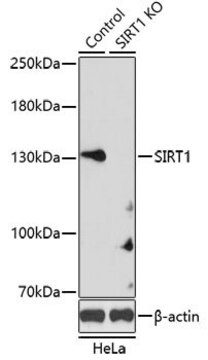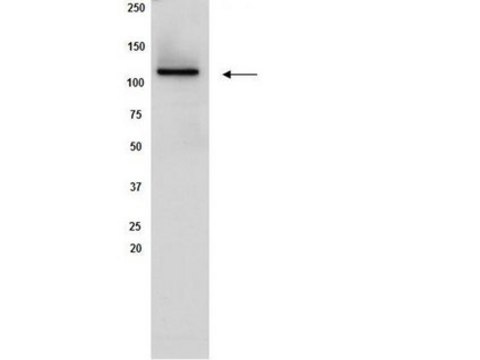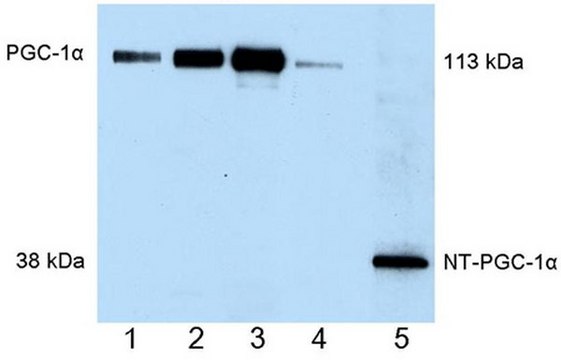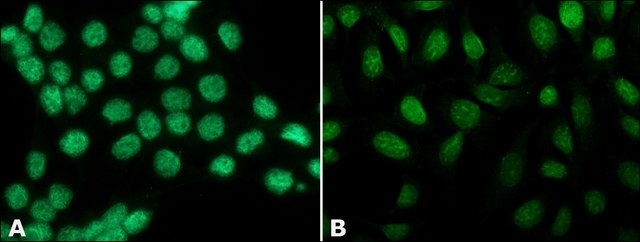Z415790
Aldrich® gas-inlet adapter
Joints: ST/NS 24/40 (2)
About This Item
Recommended Products
joint
Joints: ST/NS24/40 (2)
Looking for similar products? Visit Product Comparison Guide
Related Categories
1 of 4
This Item | Z509353 | Z509337 | Z509345 |
|---|---|---|---|
| packaging pkg of 10 ea | packaging pkg of 20 ea | packaging pkg of 50 ea | packaging pkg of 50 ea |
| material anti-static PP | material anti-static PP | material anti-static PP | material anti-static PP |
| size XL | size L | size S | size M |
Legal Information
Choose from one of the most recent versions:
Certificates of Analysis (COA)
It looks like we've run into a problem, but you can still download Certificates of Analysis from our Documents section.
If you need assistance, please contact Customer Support
Already Own This Product?
Find documentation for the products that you have recently purchased in the Document Library.
Customers Also Viewed
Our team of scientists has experience in all areas of research including Life Science, Material Science, Chemical Synthesis, Chromatography, Analytical and many others.
Contact Technical Service

















